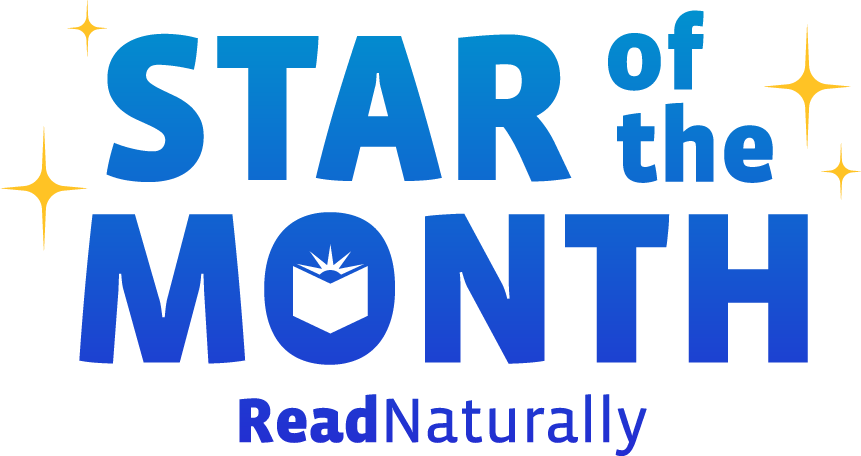Now that the school year is half over, many teachers wonder if it's too late to begin a Read Live intervention. The answer is no! It's never too late to implement Read Live or to add students to your existing account. Once you've trained students in how to use the program, they will start benefitting right away. They can even continue using the program over the summer.
Read more Read Live includes four programs in one, making it a comprehensive suite to meet your students' reading needs every step of the way. All Read Live subscriptions include complete access to Read Naturally Live, Word Warm-ups Live, One Minute Reader Live, and Read Naturally Live—Español. These programs specifically target phonemic awareness and phonics; fluency; vocabulary; comprehension; independent reading practice; and building reading proficiency in Spanish.
Read more Interpreting winter assessment data will help you determine the best way to support your students. This data tells you who needs an intervention and who is on target. It can also help you set goals for spring.
Read more In both Read Naturally Live, Word Warm-ups Live, and Read Naturally Live—Español, students can complete most steps independently, giving teachers the flexibility to support multiple students at once. This design is especially helpful for ensuring every student receives individualized support while working through the program at their own pace. However, there are specific moments built into the process to make sure students get essential one-on-one time with the teacher. If you’re new to Read Live, you may be wondering how this works in practice. Let’s explore some common questions.
Read more Literacy researcher Dr. Jan Hasbrouck developed Quick Phonics Screener (QPS) because she needed a systematic and efficient way diagnose students’ strengths and instructional needs in phonics. QPS measures a student’s ability to recognize, decode, and pronounce all phonics elements from letter names through four-syllable words.
Read more Esser funding must be allocated by September 30, 2024--just one week from today! Read Naturally programs are an ideal way to spend this use-it-or-lose-it funding to improve reading outcomes and overall academic success.
Read more To decide Read Live program(s) to assign, you need to determine the student's instructional needs via placement and assessment.
Read more Read Live is highly customizable to meet each student’s individual needs. Our phonics offerings within this program are no exception. Read Live makes it easy for students who need phonics support to either progress sequentially through systematic phonics instruction, or to focus specifically on the phonics pattern(s) they need to master.
Read more Who needs phonics support? Allow our QPS diagnostic phonics assessment to answer this question for you quickly and effectively. Did you know the latest edition of this popular tool allows you to assess an entire group of students at once and then use this data to determine which students need a more in-depth, individual phonics assessment? Both the group assessment and the individual assessment are now included in QPS, making it easier than ever for you to identify which students need phonics support and which skills an intervention should target.
Read more I think most parents and teachers would agree that bribery isn’t always a bad thing. Nobody wants to resort to it, of course, but having an emergency pack of Lifesavers to dole out to the kids when the going gets tough is sometimes, well, life saving. The problem with bribery is that it can work well in the short term, but it’s often not the best path to long-term growth.
Read more  Share your student’s success story—nominate him or her for our Star of the Month award. Win a Barnes & Noble gift card for the student and a Read Naturally gift certificate for your class!
Share your student’s success story—nominate him or her for our Star of the Month award. Win a Barnes & Noble gift card for the student and a Read Naturally gift certificate for your class!